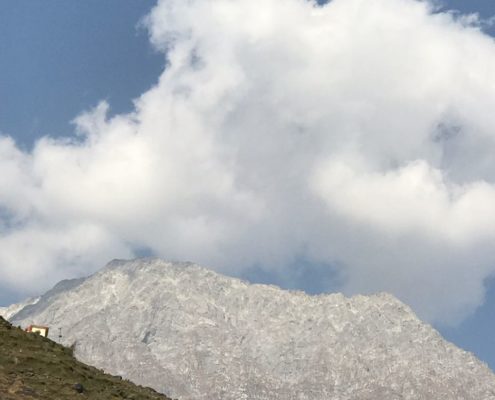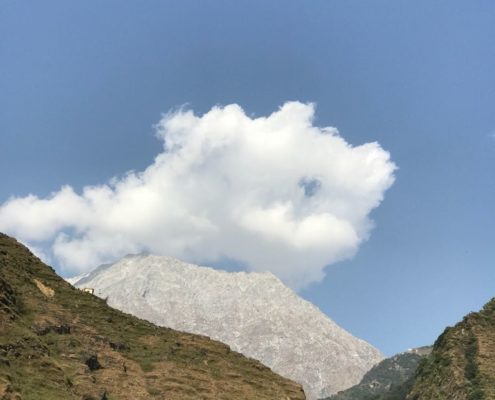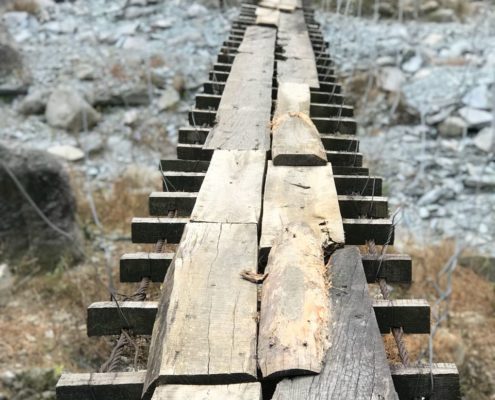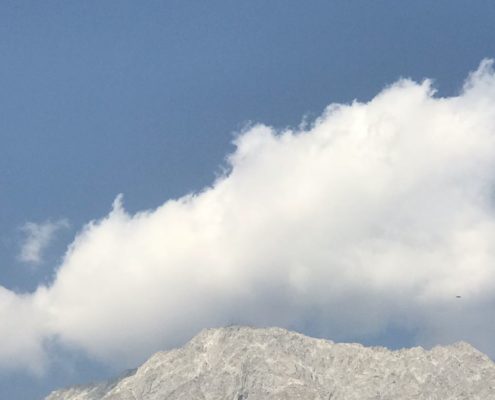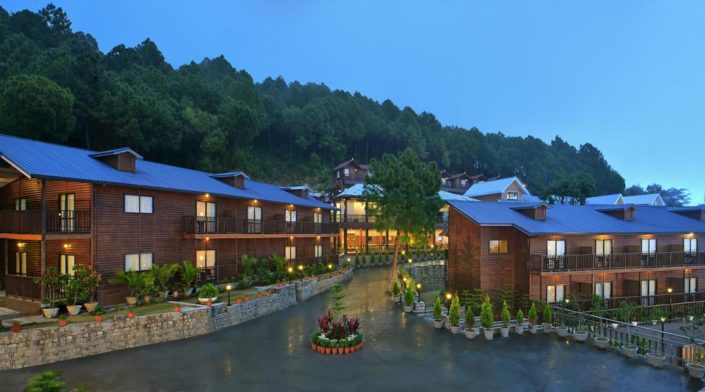Height: Between 1250 m to 1550 m
Area: 5739 sq. Km.
Population: 13.39 lakh
Languages: Hindi, Punjabi, English and Pahari are understood and spoken by the people engaged in tourism trade
This is a hill station lying on the spur of the Dhauladhar range about 17 Km north- east of Kangra town. This hill station is wooded with oak and conifer trees and snow capped mountains enfold three sides of the town while the valley stretches in front. The snowline is perhaps more easily accessible at Dharamsala than at any other hill resort and it is possible to make a day’s trek to a snow-point after an early morning’s start. Dharamsala is also the headquarters of the Kangra district.
In 1905, tragedy struck Dharamsala when an earthquake levelled it completely. After its reconstruction, Dharamsala flourished as a quiet health resort. It is divided into two distinct parts. Lower Dharamsala has civil offices and business establishments with courts. Kotwali Bazar and Upper Dharamsala comprise of places with names which bear witness to its histories like McLeod Ganj and Forsythe Ganj. Since 1960, when it became a temporary headquarter of His Holiness the Dalai Lama, Dharamsala has risen to international fame as “The Little Lhasa in India”. McLeodganj is 9 Km from Dharamsala.
In and around Dharamsala, one can visit the Kangra Art museum at Kotwali Bazar, War memorial, Kunal Pathri temple and tea gardens on way to Kunal Pathri. There is also a beautiful Cricket stadium in the city facing mighty Dhauladhar.








